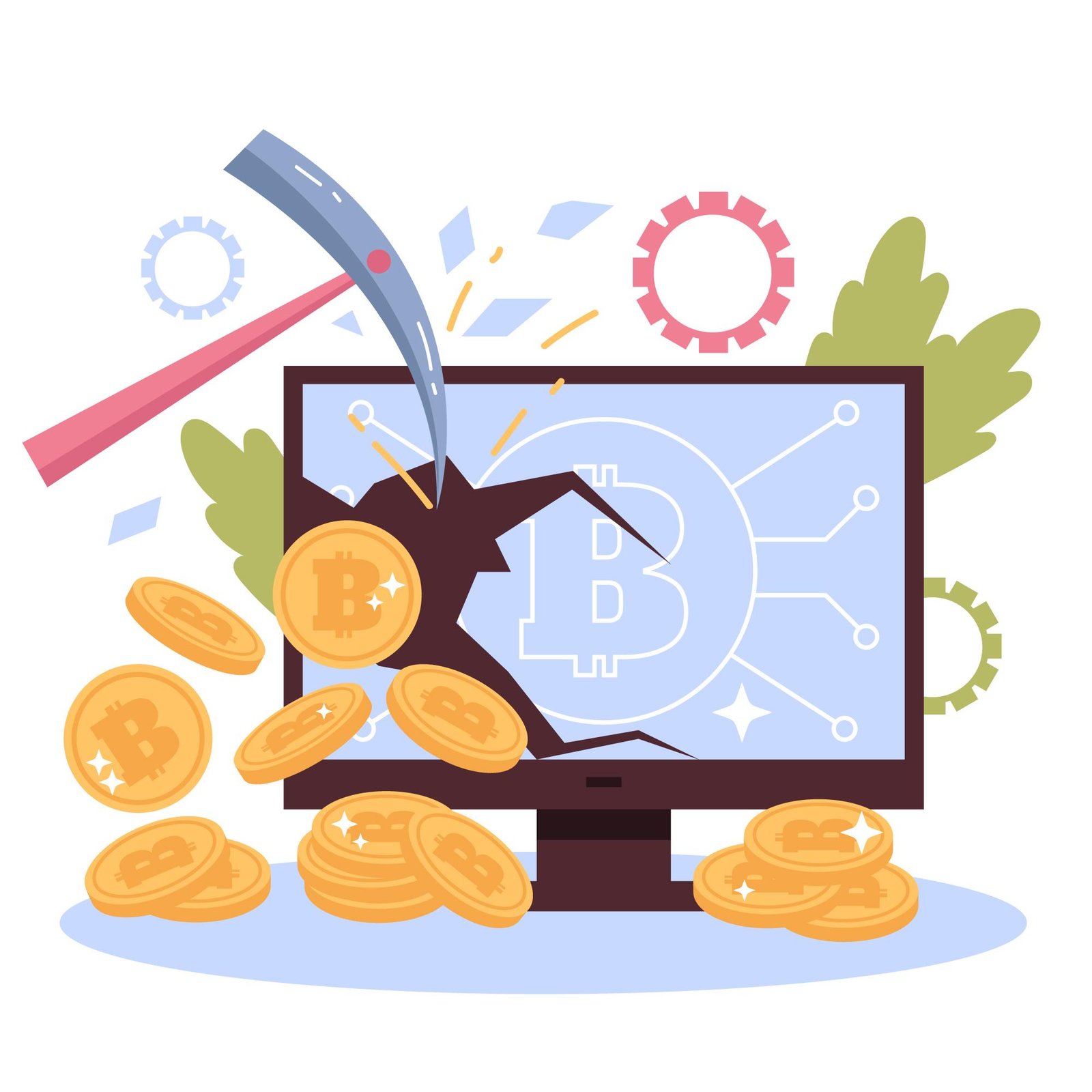
Why Traditional Finance is Broken And How Web3 Fixes It
For decades, traditional finance has been the cornerstone of global commerce. Banks, brokers, and financial institutions have acted as the gatekeepers of capital, access, and investment opportunities. But in today’s digital-first world, it’s becoming increasingly clear: the traditional system is broken.
The Problems with Traditional Finance
- Limited Access: Over 1.7 billion adults worldwide remain unbanked. Many more are underbanked, lacking access to credit, investment tools, or fair interest rates.
- High Fees and Middlemen: Sending money across borders can take days and involve multiple intermediaries, each taking a cut.
- Slow Innovation: Legacy infrastructure—built decades ago—is ill-suited for the speed and global nature of modern markets.
- Lack of Transparency: Retail investors rarely know where their money is going or how fees are calculated.
- Overregulation and Exclusion: KYC, credit checks, and bureaucracy often exclude those who need financial access the most.
Web3: A Radically Better Financial System
Web3, powered by blockchain and decentralization, replaces the centralized gatekeepers of the old system with transparent, programmable, and borderless alternatives.
- Permissionless Access: Anyone with an internet connection and a crypto wallet can lend, borrow, trade, or invest.
- Transparency by Design: Every transaction is recorded on a public ledger, creating trust through code—not reputation.
- Programmable Money: Smart contracts automate everything from escrow to interest payments—no human interference required.
- User Ownership: In DeFi, users often own the protocols they use, earning governance rights and rewards.
- Frictionless Transfers: Crypto assets can be transferred globally in minutes, 24/7, without intermediaries.
Conclusion
Traditional finance served a purpose—but it’s outgrown. Web3 is not just a buzzword; it’s a complete rethinking of how finance should work. As infrastructure, security, and usability improve, expect Web3 to do what the banks couldn’t—create a financial system for everyone.


Leave a Reply